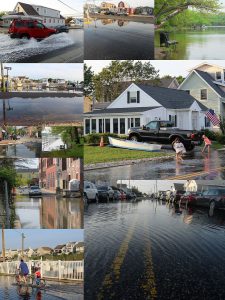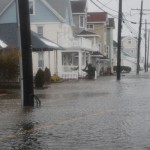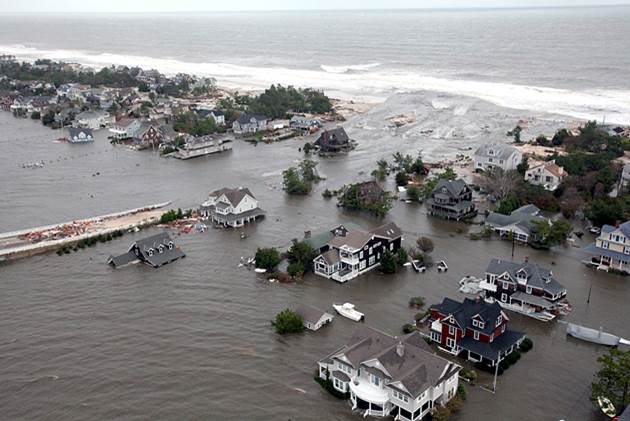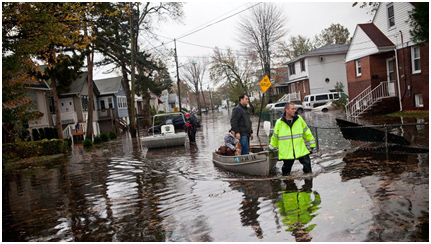New Jersey Future Blog
New Reports Assess State’s Exposure to Sea-Level Rise
November 8th, 2016 by David Kutner

Photos from a 2013 king tide, from Manasquan, N.J., Washington, D.C., and Alexandria, Va. Photo courtesy of the U.S. Environmental Protection Agency. (Click for larger image)
Last month, the New Jersey Climate Adaptation Alliance at Rutgers University announced the release of two significant reports about the state’s vulnerability in the face of projected sea-level rise:
- Assessing New Jersey’s Exposure to Sea-Level Rise and Coastal Storms: Report of the New Jersey Climate Adaptation Alliance Science and Technical Advisory Panel
- Assessing New Jersey’s Exposure to Sea-Level Rise and Coastal Storms: A Companion Report to the New Jersey Climate Adaptation Alliance Science and Technical Advisory Panel Report
These reports identify and evaluate the most current science on sea level rise projections and changing coastal storms, consider the implications for the practices and policies of local and regional stakeholders, and provide practical ways stakeholders can incorporate science into risk-based decision processes.
According to the reports:
- It is likely that coastal areas of New Jersey will experience sea-level rise between 1.0 and 1.8 feet prior to 2050, regardless of future greenhouse gas emissions. Under a worst-case scenario, these communities could see as much as 2.8 feet of sea-level rise by 2050.
- The rate at which sea level rises is particularly important to consider, as natural assets such as salt marshes (which provide critical functions including flood protection and fisheries habitat) may not be able to keep pace with sea-level rise.
- There is greater recognition of the impacts of sea-level rise as a result of increased awareness following Hurricane Sandy, and greater support for regulatory measures such as additional freeboard above the minimum state standard, to protect people and property.
- There is an acute need for disaster readiness, response, and recovery training and professional requirements, and for increased resilience planning knowledge among local officials with decision-making authority.
Both reports are the product of a November 2015 practitioner work session, sponsored by the alliance, to inform the analyses being done by a Science and Technical Advisory Panel (STAP) convened by Rutgers University on behalf of the alliance. New Jersey Future participated in this session, which focused on sea level rise, coastal storms and flood hazards in New Jersey. The objective of the STAP was to synthesize for practitioners the most recent climate science needed to inform efforts to increase the resilience of New Jersey’s people, places, and assets (including infrastructure, communities and natural resources) to regional sea-level rise, changing coastal storms and the resulting flood risk.
The reports can be found on the Climate Adaptation Alliance’s website.
















